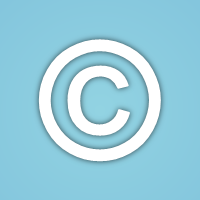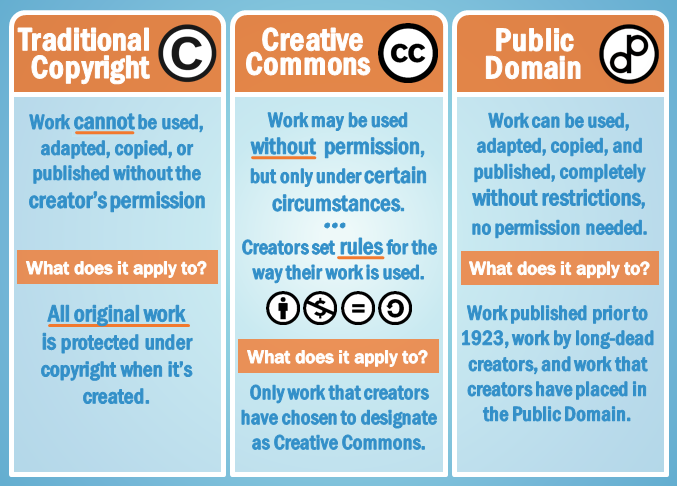Use Information Correctly
Copyright and Fair Use
Copyright and fair use

In our Avoiding Plagiarism module, we gave you tips for citing, quoting, and incorporating various sources into your writing projects. However, depending on what types of sources you use, you may also have to consider copyright and fair use laws. For example, if you want to use someone else's photo or song in one of your own projects, you'll need to make sure you have the legal right to do so.
In this tutorial, you'll learn about the copyright protections that apply to work posted online, including images, text, videos, and more. You'll also learn about the rules that determine which of these resources you can use, and how you can use them.
The laws discussed in this tutorial are United States laws. No lawyer was involved in preparing this tutorial. We are not legal experts, and this tutorial should not be taken as legal advice.
What is copyright?
Copyright is the legal concept that works—art, writing, images, music, and more—belong to the people who create them. According to copyright law, any original content you create and record in a lasting form is your own intellectual property. This means other people can't legally copy your work and pretend it's their own. They can't make money from the things you create either.
You can still cite and refer to other sources (including copyrighted materials) in your work. But to use, copy, or change a copyrighted work, you need permission from the person who holds the copyright. This permission is called a license.
Although everyone has the right to require that others respect their copyright and ask permission to use their work, some people and organizations choose to license their content more freely. They do this by giving their work a Creative Commons license, or by placing their work in the public domain.
Review the infographic to get an overview of the differences among traditional copyright, Creative Commons, and public domain.







